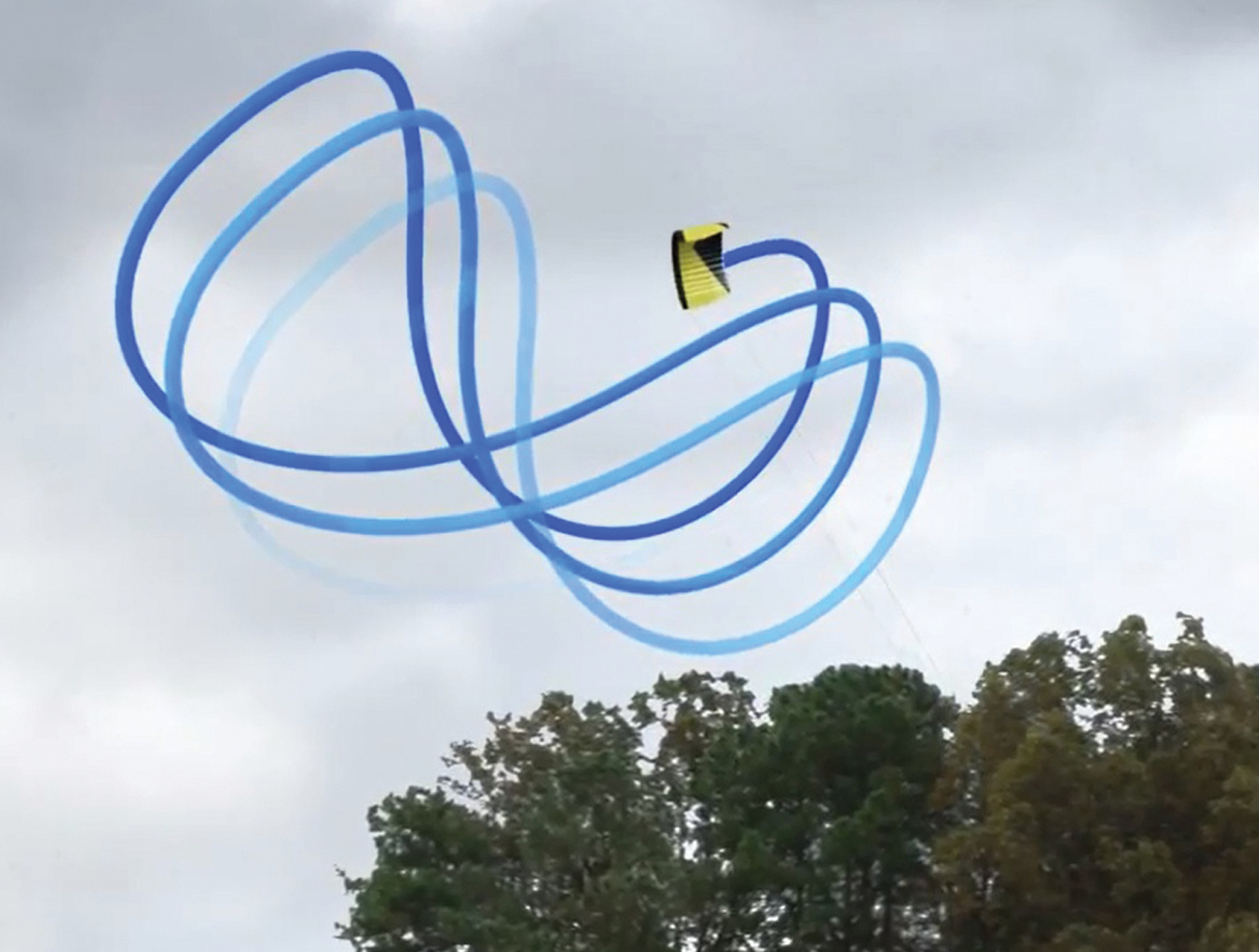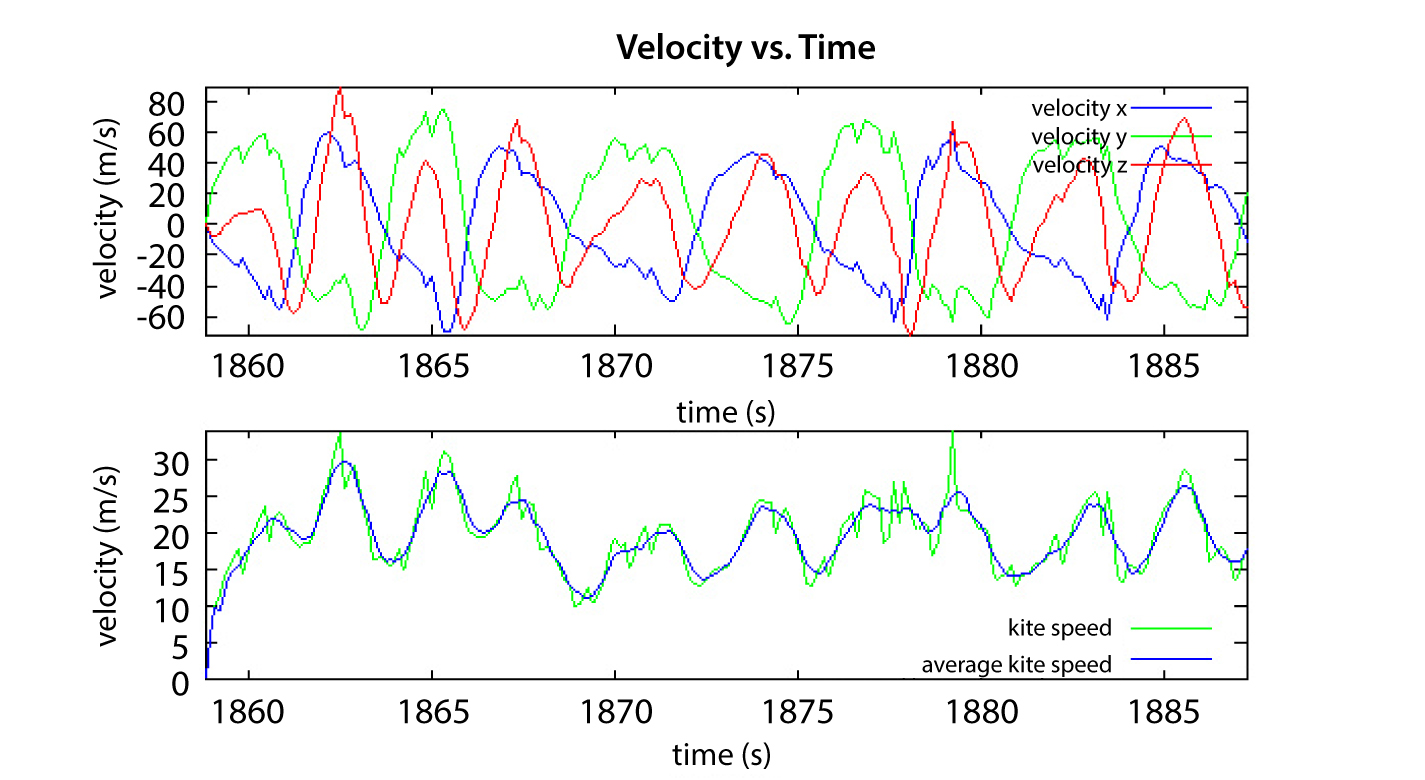Control and Tracking for Tethered Airborne Vehicles
power generation and storage
Control and Tracking for Tethered Airborne Vehicles (LAR-TOPS-40)
Vision-based system controls a flexible kite in a crosswind trajectory using only ground-based sensors
Overview
NASA's Langley Research Center has designed a conceptual hardware and software control system to track the flight of kite-like tethered vehicles. The control system consists of a pan-tilt platform and a visible-spectrum digital camera, combined with tracking control software running on a standard PC. The system controls the flight of the vehicle to keep its position on a Figure-8 trajectory, maximizing velocity (but within limits). NASA demonstrated the control system and pre-beta software and is seeking development partners to make it more robust and user-friendly by testing in real world systems.
The Technology
The technology of the system controls and tracks the flight of tethered vehicles. Comprised of a camera, load cells, encoders, an anemometer, and software, the tracking system is based on digital photo analysis. The system tracks where the kite is 30 times every second. The controller makes an adjustment to the tether winch to keep the kite in the controlled trajectory to maximize high velocities without exceeding the limits of the hardware. The design consists of two tethers (each with its own servo motor) and a pan-tilt unit to extend the field of view of the camera. NASA has flown a conceptual scaled system. A video of the demo is available on the website (http://www.youtube.com/watch?v=DCfw1B2XGQc). The system software is considered to be at the pre-beta stage.


Benefits
- Reliably tracks and controls a flexible kite
- Uses low-cost components
- Uses a low-complexity approach that lowers total system mass by locating the mass of the system on the ground
- Optimizes power generation by keeping the kite in a position to capture crosswinds
- Potentially scales to enable groups of hundreds of kites to fly in flock formation for scalable power
Applications
- The NASA system potential applications include the operation of groundgen or flygen types of Airborne Wind Energy (AWE) systems
- Can be utilized as either a primary or back-up system
- Can be used in both land-based and off-shore applications


